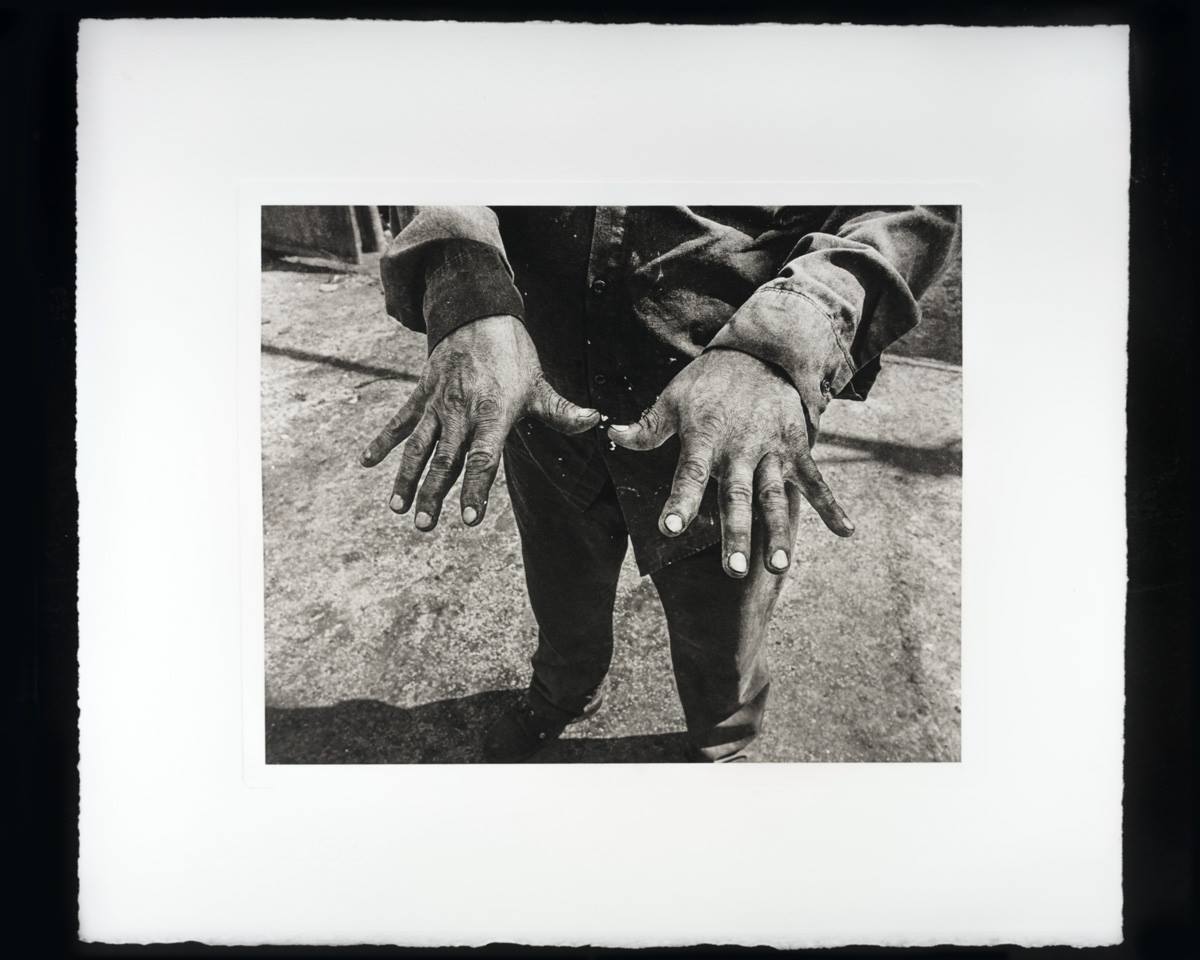I originally went to school for art and have a degree in Illustration. In the last year of school, I realized that photography was really what I loved to do. I learned in the darkroom with large format film, but with the advent of digital photography, I was missing the handmade touch I was used to with the darkroom and with painting. The smell of oil paint and turpentine, the feel of real paper, the magic of seeing an image appear magically in front of you. To get back to that feeling, I have been learning many different alternative photographic processes over six years to find the process that gave me that hands on approach to printing that also matched my vision. I have done Platinum/Palladium, Color Gum Bichromate, Carbon Transfer and most recently Photopolymer Gravure. Most people are familiar with Platinum prints and maybe even Carbon, but even photographers who practice many of these processes have not heard of photogravure.
So, what is Photogravure?
Photogravure is one of the oldest photographic printing processes and is one of what is called the big three, Platinum, Carbon and Photogravure. These three processes are considered the most stable and most archival processes available. The way a photogravure is made is by taking a positive image and contact printing it onto a piece of carbon tissue, usually red ochre in color, that has been sensitized with a dichromate. The carbon tissue is then mated to a piece of copper and etched in an acid bath. The resulting piece of copper is then inked like a traditional etched plate (think Rembrandt or Goya) and then run through an etching press on to a piece of paper. This process is long, expensive, chemically hazardous and very difficult. There are still a few artists around who still do traditional photogravure onto copper plate, but with the banning of the use of dichromates in Europe and other countries, who knows how long artist will be able to continue this way.
Here are some famous photographers who practiced Photogravure:














